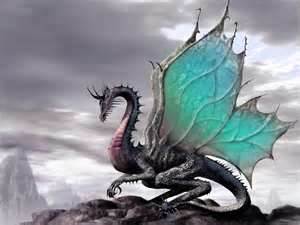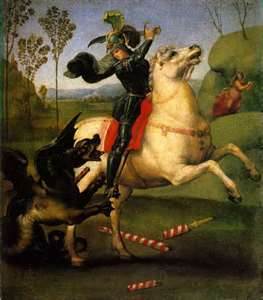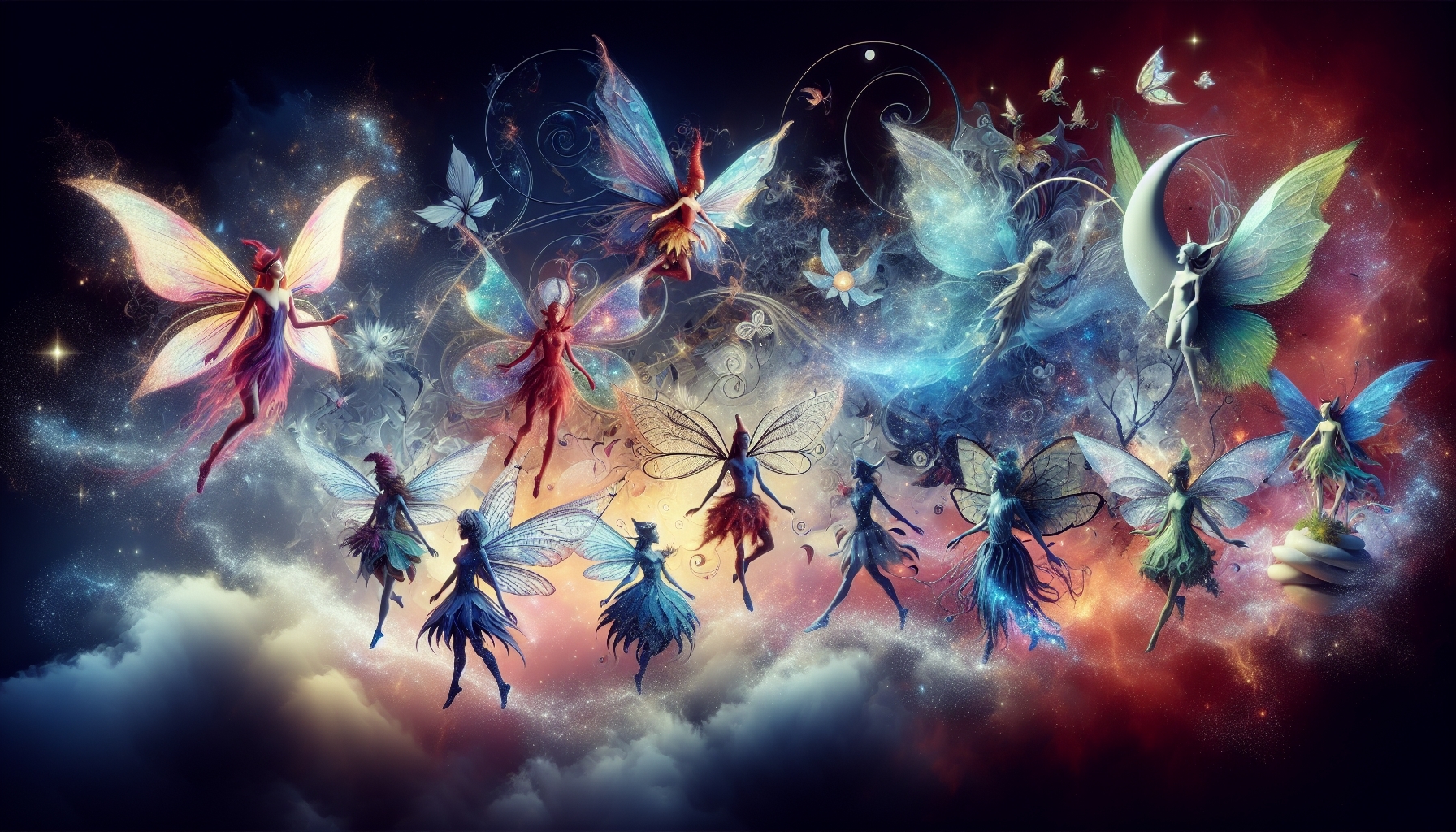Dragons in Medieval Times

Dragons in Medieval Times played a significant role in folklore, legends, and religious symbolism. These mythical creatures were typically depicted as large, fire-breathing reptiles with wings and sharp claws, often seen as symbols of evil, chaos, and destruction. In European medieval literature and art, dragons were commonly portrayed as adversaries that needed to be vanquished by brave knights, saints, or heroes.
Different Cultures for
Dragons In Medieval Times
Here are some ways dragons in medieval times appeared in various aspects of medieval culture:
- Legends and folklore: Several dragon myths and legends were prevalent during the medieval period, such as the stories of Saint George and the Dragon, the Lambton Worm, and the Tarasque. These tales often centered around a valiant knight or a saint who defeated a malevolent dragon to save a city or rescue a captive, symbolizing the triumph of good over evil.
- Heraldry and symbolism: Dragons were frequently used as symbols in medieval heraldry, representing strength, power, and courage. They often appeared on coats of arms, banners, and other insignia, both for noble families and military organizations. In Christian symbolism, dragons were often associated with Satan or demonic forces, and their defeat by saints or angels symbolized the victory of the Church over the forces of evil.
- Architecture and art: Depictions of dragons can be found in various forms of medieval art, including illuminated manuscripts, tapestries, sculptures, and architectural ornamentation. They were often used as decorative elements on churches, castles, and other buildings, symbolizing protection or serving as a reminder of the struggle between good and evil.
- Alchemy and natural philosophy: In medieval alchemy, the dragon or the ouroboros (a serpent or dragon eating its own tail) was a symbol of the cyclical nature of the universe and the eternal struggle between opposing forces. Additionally, the dragon's ability to breathe fire was sometimes linked to the alchemical concept of the "Philosopher's Stone," a mythical substance said to grant immortality and the power to transmute base metals into gold.
- Bestiaries: Medieval bestiaries were collections of descriptions and illustrations of various animals, both real and mythical, that often contained moral and religious allegories. Dragons were commonly featured in these bestiaries, with their descriptions often emphasizing their destructive nature and the threat they posed to human society.
Overall, Dragons in medieval times were a prominent aspect of medieval culture, appearing in various contexts as symbols of power, evil, and the eternal struggle between good and evil. The fascination with these mythical creatures has endured, and dragons continue to captivate our imaginations in modern times through literature, art, and popular culture.
Myths of Dragons in Medieval Times

During the medieval period, medieval dragon myths were widespread across Europe, and these mythical creatures played a significant role in folklore and legends. Dragons in medieval myths were often depicted as large, fire-breathing reptiles with wings and sharp claws. They were typically portrayed as malevolent, dangerous creatures that needed to be defeated by heroic knights or saints. Here are some notable examples of medieval dragon myths:
- Saint George and the Dragon: One of the most famous dragon myths of the medieval period is the story of Saint George, a Christian martyr who slew a dragon to save a princess and a city. In this story, the dragon terrorized a town, and the people tried to placate it by offering livestock and eventually their own children as sacrifices. When the princess was chosen as the next sacrifice, Saint George arrived and killed the dragon, saving the princess and converting the townspeople
- Beowulf and the Dragon: In the Old English epic poem "Beowulf," the eponymous hero faces a fierce dragon in the final part of the story. The dragon, awakened by a stolen cup from its hoard, terrorizes Beowulf's kingdom. Despite his old age, Beowulf confronts and defeats the dragon but sustains a mortal wound in the process.to Christianity.
- From the ancient most sacred writings of the Hebrews, the dragon represented evil and death. Early Christianity adopted this belief which shows up in many parts of the Bible. Christian art often depicts the dragon as representing sin. Within this art you will find the dragon being destroyed by saints and martyrs to demonstrate winning the battle between Christianity and the Pagans.
- The Lambton Worm: This English legend tells the story of John Lambton, who catches a mysterious creature while fishing and throws it into a well. The creature grows into a massive, serpent-like dragon known as the Lambton Worm, which wreaks havoc on the local countryside. John Lambton, after seeking advice from a wise woman, eventually defeats the dragon but is cursed along with his descendants.
- The Dragon of Wantley: In this English folktale, a knight named Moore of Moore Hall dons a suit of spiked armor to battle a fearsome dragon that has been ravaging the land around Wantley, a village in Yorkshire. In the end, the knight defeats the dragon by striking it in its only vulnerable spot.
- The Legend of Tarasque: In this French legend, the Tarasque is a dragon-like creature that terrorizes the region of Provence. The creature is said to have the body of an ox, the head of a lion, and the tail of a serpent, with multiple rows of sharp teeth. Saint Martha, a Christian figure, tames the Tarasque using prayers and holy water, leading the villagers to convert to Christianity and kill the now-docile creature.
- The Dragon of Loschy Hill: In a Polish legend, a dragon named Wawel lived in a cave on Loschy Hill, where it terrorized the people of Kraków. The dragon demanded a tribute of livestock, and eventually human sacrifices. A clever shoemaker named Skuba, fed the dragon a sheep stuffed with sulfur, which caused the dragon to become incredibly thirsty. The dragon drank from the Vistula River until it exploded, saving the city from its terror.
- Siegfried and Fafnir: In the Germanic epic poem "The Nibelungenlied," the hero Siegfried defeats the fearsome dragon Fafnir, a dwarf who was transformed into a dragon as a result of a curse. After slaying the beast, Siegfried bathes in its blood, which grants him invulnerability, except for a small spot on his back where a leaf had stuck to his skin.
- Fafnir: Although originating in Norse mythology, the story of Fafnir and the hero Sigurd (or Siegfried) became a popular tale in medieval Europe. Fafnir was a dwarf who, after being cursed by a magical ring and gold, transformed into a fearsome dragon. Sigurd, guided by the wise man Regin, kills Fafnir and takes the treasure, but is ultimately betrayed by Regin and faces more trials.
These myths and legends are just a few examples of the many medieval dragon tales that have captivated audiences for centuries. The dragons in these stories often served as symbols of chaos, destruction, or greed, which the heroes had to overcome to restore order and save their communities.

